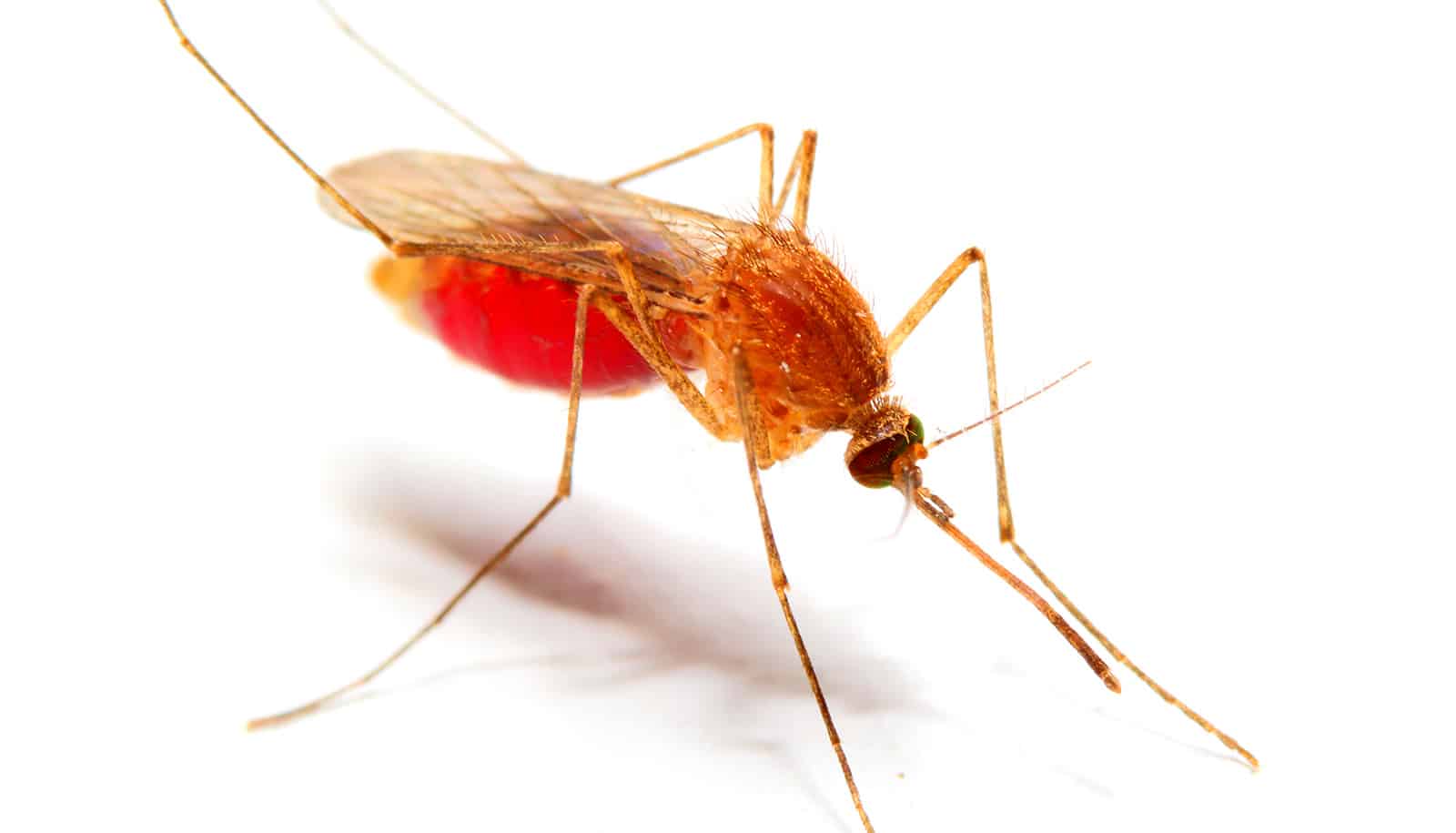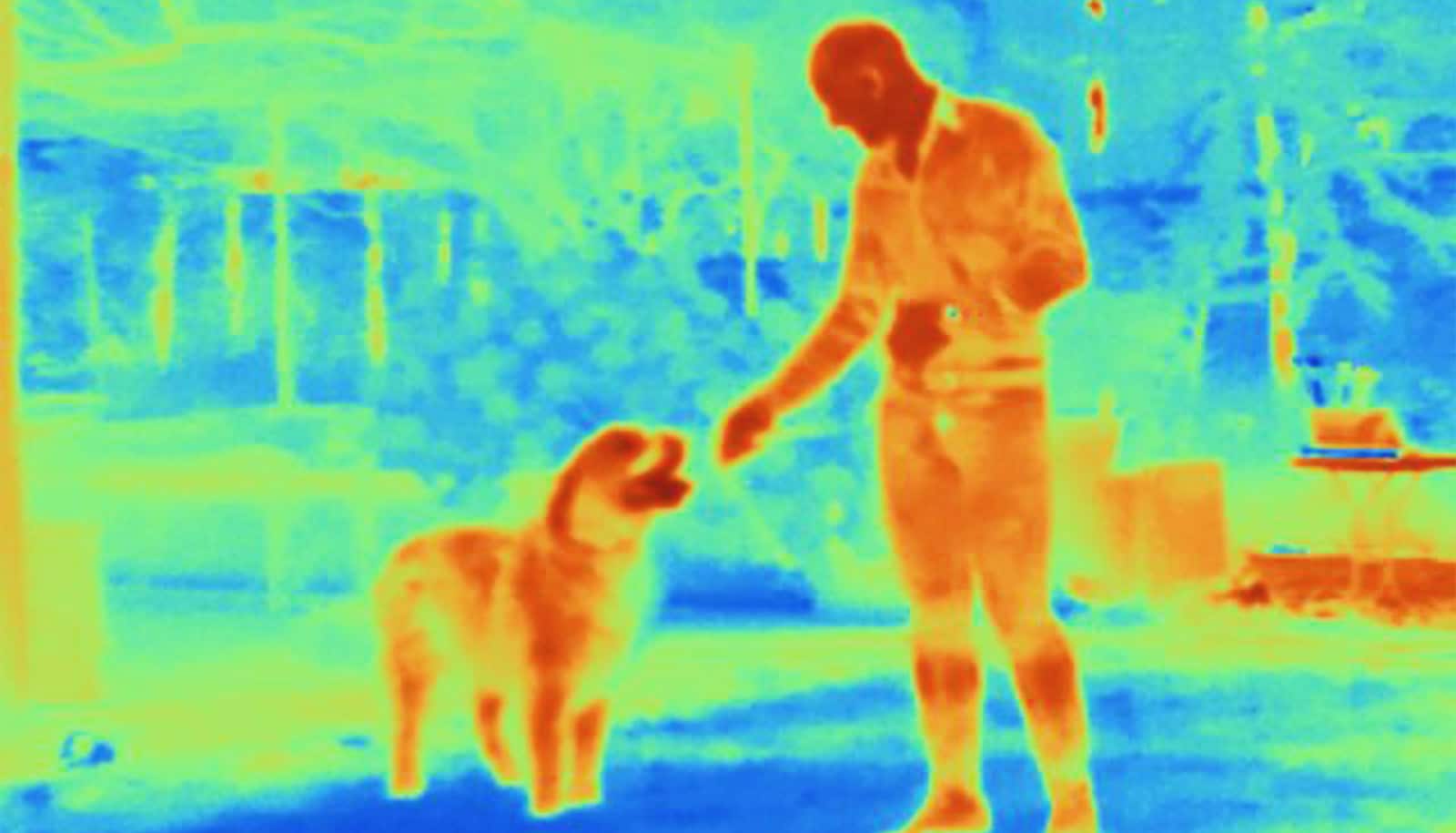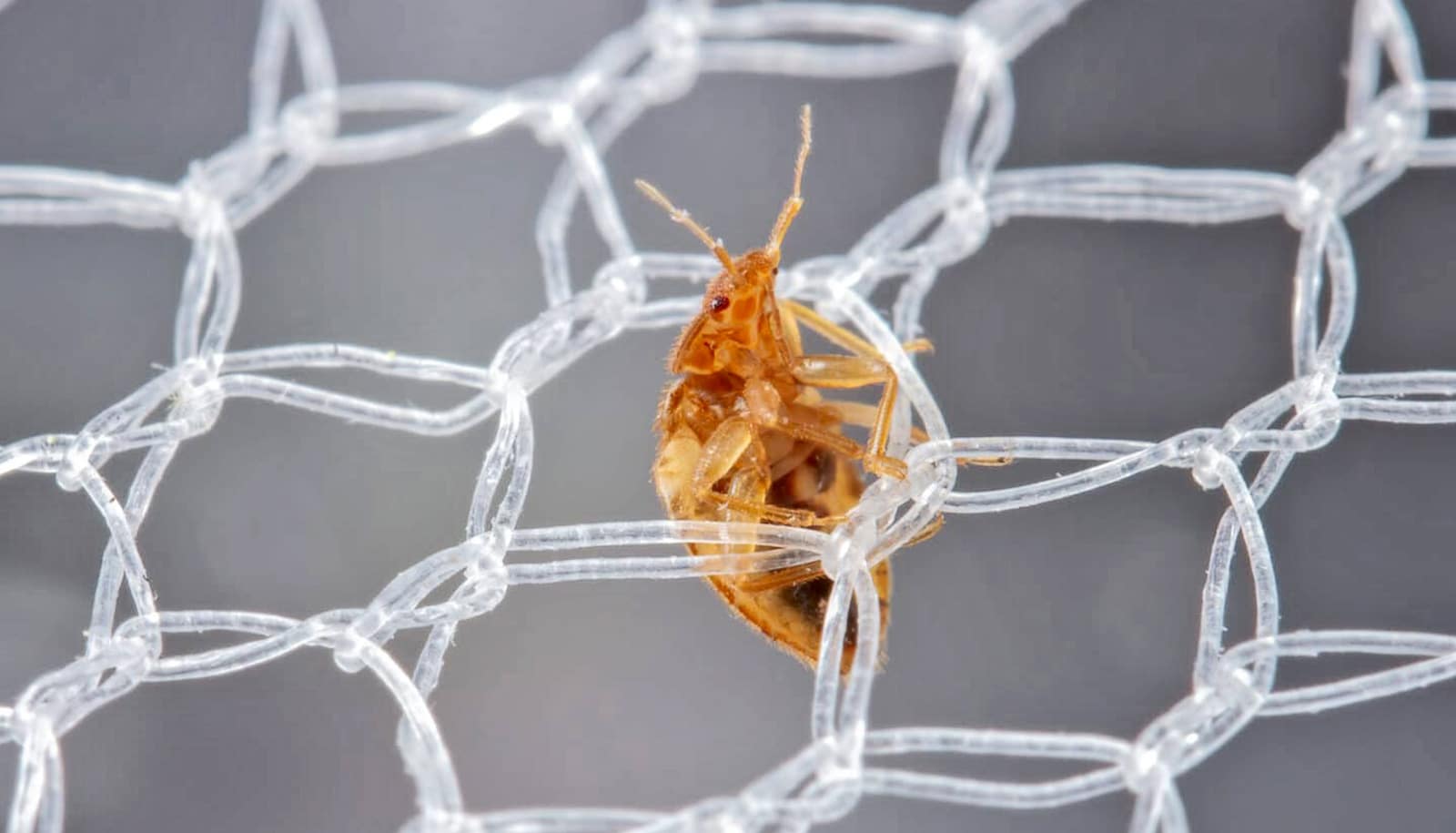A new tool for fighting malaria called a spatial repellent showed a significant impact on reducing malaria infections in a new study.
The spatial repellent product, Mosquito Shield™, used alongside insecticide-treated nets, reduced first-time and overall malaria infections by one-third (33.4% and 32.1%, respectively), compared to the placebo product.
“This is a powerful result.”
Building on earlier findings from Indonesia, this is the first trial to show the significant impact that spatial repellents can have when deployed in the fight against malaria and is a major step towards a World Health Organization (WHO) recommendation for a completely new class of vector control tools for malaria.
“This is a powerful result. There is no magic bullet for malaria, but a one-third additional decrease in transmission on top of mosquito nets could translate into tens of thousands of lives saved each year,” says Bernard Nahlen, professor of biological sciences and director of the Eck Institute for Global Health at the University of Notre Dame.
“Alongside insecticide-treated nets, rapid diagnosis, effective treatment, and case management, this approach could reinforce protection for vulnerable groups, including children, pregnant women, and displaced populations.”
Mosquito Shield™, developed and manufactured by SC Johnson, is designed to be placed on the interior wall of an enclosed space where it emits an active ingredient which repels and immobilizes mosquitoes.
It was tested in Busia County, Kenya, where, despite nearly universal use of insecticide-treated nets, malaria transmission remains high. Mosquitoes there show a strong preference for feeding on humans and biting indoors and are growing increasingly resistant to insecticides used in other vector control tools.
Mosquito Shield™ was tested as a complementary tool to insecticide-treated mosquito nets, rather than a replacement, and its success offers hope for further reducing transmission in high-burden areas. Based on the level of protective efficacy demonstrated in the trial, the investigative team estimates that around 60 malaria infections can be averted for every 100 people per year using the product.
“Unitaid is proud to have supported the AEGIS trial as the results from Kenya mark a major advance in malaria control,” says Philippe Duneton, executive director of Unitaid.
“The spatial repellent, which hangs discreetly on walls and slowly releases chemicals that protect people from mosquitos, could become the first new class of vector control tool to enter the fight against malaria in decades.”
The trial was conducted as part of the Advancing Evidence for the Global Implementation of Spatial Repellents (AEGIS) project, funded by global health organization Unitaid and led by Notre Dame, with support for the Kenya trial from the Kenya Medical Research Institute (KEMRI) and the US Centers for Disease Control (CDC).
“Results from the Kenya trial mark a seminal event in decades-long research on spatial repellents in support of public health,” says Nicole Achee, lead principal investigator and scientific director of the AEGIS Project at Notre Dame. “We are elated.”
The Kenyan Ministry of Health has already taken steps to incorporate spatial repellents into the national malaria control strategy. The Ministry has developed Guidelines for the National Scale-Up of Spatial Repellents to prepare for the introduction of this tool as part of its broader malaria prevention strategy.
“We have made enormous strides against malaria in Kenya, but areas like Busia County experience rates of malaria that mirror countries with the highest burdens,” says Professor Elijah Songok, acting director general of KEMRI.
“People in those areas urgently need new tools and tailored solutions. We are proud to see the impact of this work already translating into action in for millions of people at risk of malaria here.”
The Unitaid/University of Notre Dame AEGIS project is also conducting trials of Mosquito Shield™ in Mali and Sri Lanka to further evaluate the product’s efficacy against malaria and dengue, respectively. The Sri Lanka trial builds on previous research led by UND in partnership with the University of California, Davis in Iquitos, Peru, which demonstrated a significant 34% reduction in the risk of dengue infection when using a spatial repellent.
The WHO requires evidence from two distinct contexts to inform a potential recommendation for use of a new product class against a particular disease. The Kenya trial fulfilled the first of these requirements for malaria following WHO review of study results in March 2024.
Source: University of Notre Dame



